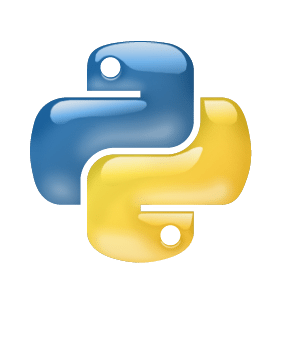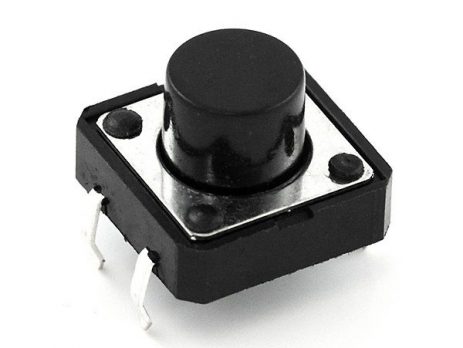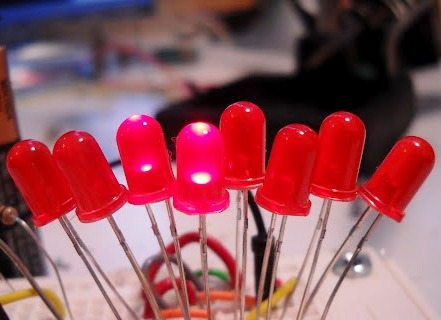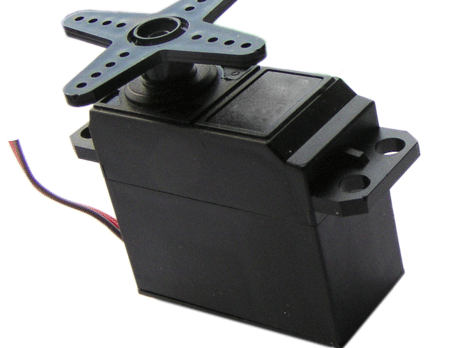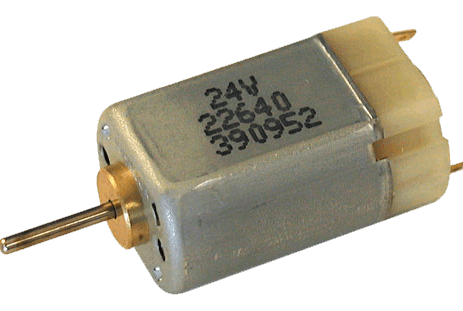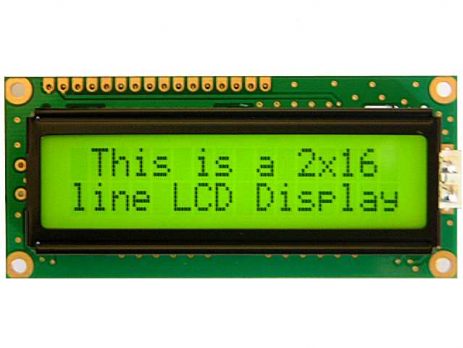Getting Started with Python
What is Python? Python is an open source general purpose programming language. It is designed in such a way to improve software quality, developer productivity, program portability and component integration. Python gives more importance to its code readability and its syntax allows programmers to program their idea in fewer lines of code than other programming languages like C does. It is used all round the globe for web designing, system programming, user interfaces, product customization, numeric programming etc. Why Python? Python language is...


